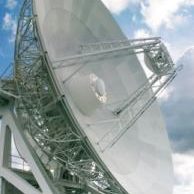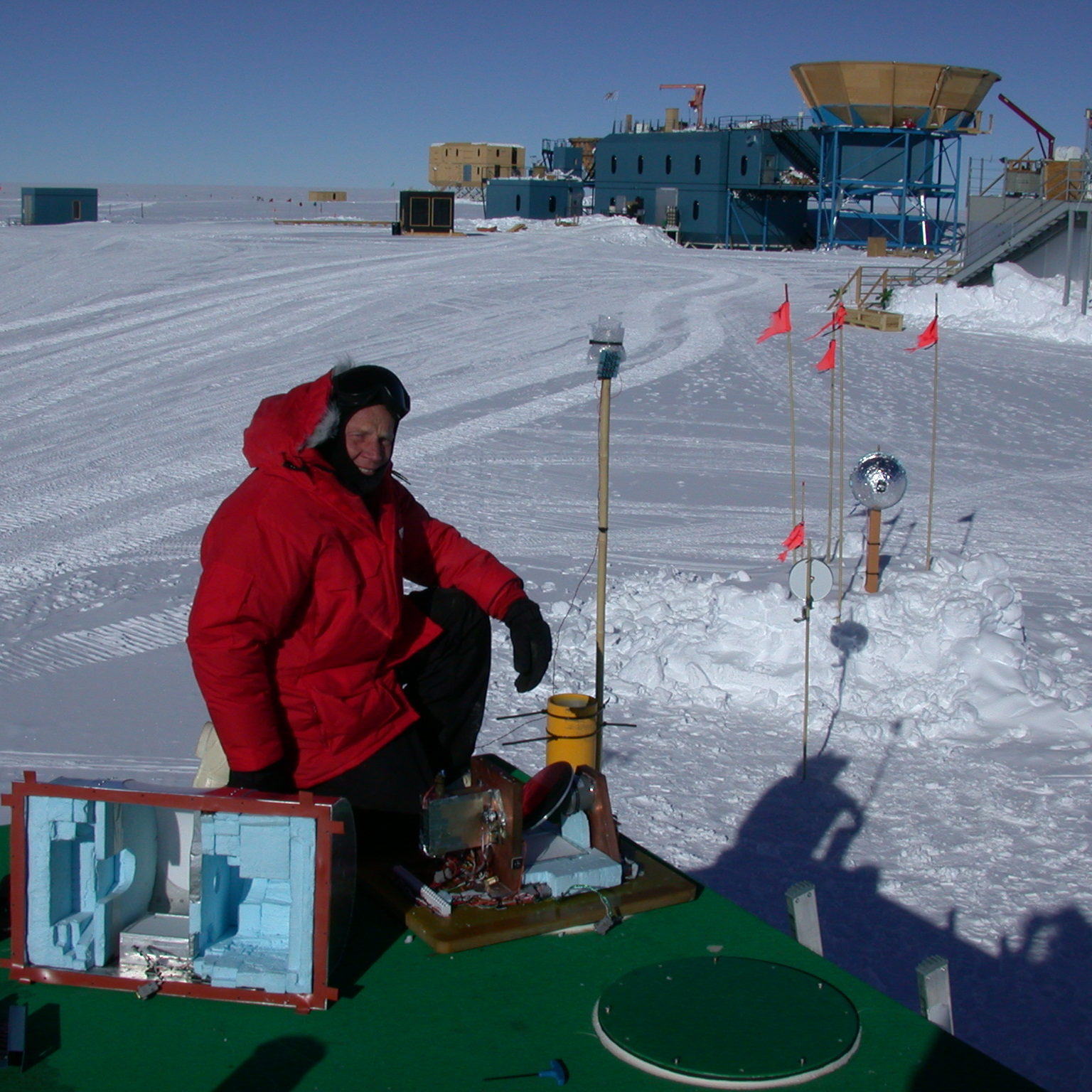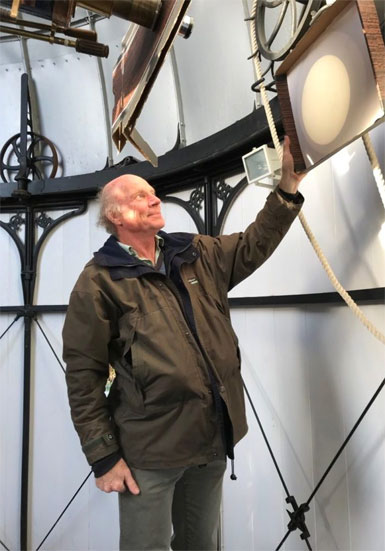- Scroll to:
- Career
- Research
- Publications

Research

Molecular Clouds in our Galaxy
His research centres around the study of the molecular clouds within the interstellar medium of our Galaxy. Stars form within this environment, leading to the excitation of these clouds and resulting primarily in long-wavelength radiation with can be measured with telescopes. This research makes uses the tools of infrared and millimetre-wave radio astronomy to study these molecular clouds, measuring the spectral signatures arising from the gas and dust in interstellar molecular clouds.
The primary telescopes used for this research are the Mopra millimetre telescope in Coonabarabran in New South Wales in Australia, and the Nanten2 sub-millimetre telescope on the 5,000m elevation Altiplano of Chile.
He leads a programme to map the distribution of the molecular clouds along the southern Galactic Plane with the Mopra telescope (the Mopra Southern Galactic Plane Survey), charting the distribution and dynamics and the gas through the emission from the CO molecule. Covering over 250 square degrees, with an angular resolution of 0.6 arcminutes and a spectral resolution of 0.1 km/s, in 3 isotopologues (CO, 13CO, C18O) of the fundamental J=1-0 line emitted at 2.6mm, this work is providing us with a new panorama of the most active medium of our Galaxy.

Astronomy in Antarctica
His research led early in his career to Antarctica, where the extremely cold and dry air provides the best infrared and sub-millimetre observing conditions on the Earth. Burton has been actively involved in the development of Antarctic astronomy since 1990, leading science experiments, site testing the Antarctic high plateau for its quality an astronomical site and making pioneering measurements in the infrared and terahertz wavebands. He chaired the International Astronomical Union’s Working Group for the Development of Antarctic Astronomy for two decades and organised the first-ever IAU Symposium in the field, in Beijing in China in 2012.


 Michael is an astronomer, with primary research expertise in the formation of stars within the molecular clouds of our Galaxy, and an educator, with 25 years university-level teaching (including Director of Teaching in Physics in a large university), combined together with an active involvement in science communication and outreach.
Michael is an astronomer, with primary research expertise in the formation of stars within the molecular clouds of our Galaxy, and an educator, with 25 years university-level teaching (including Director of Teaching in Physics in a large university), combined together with an active involvement in science communication and outreach.



